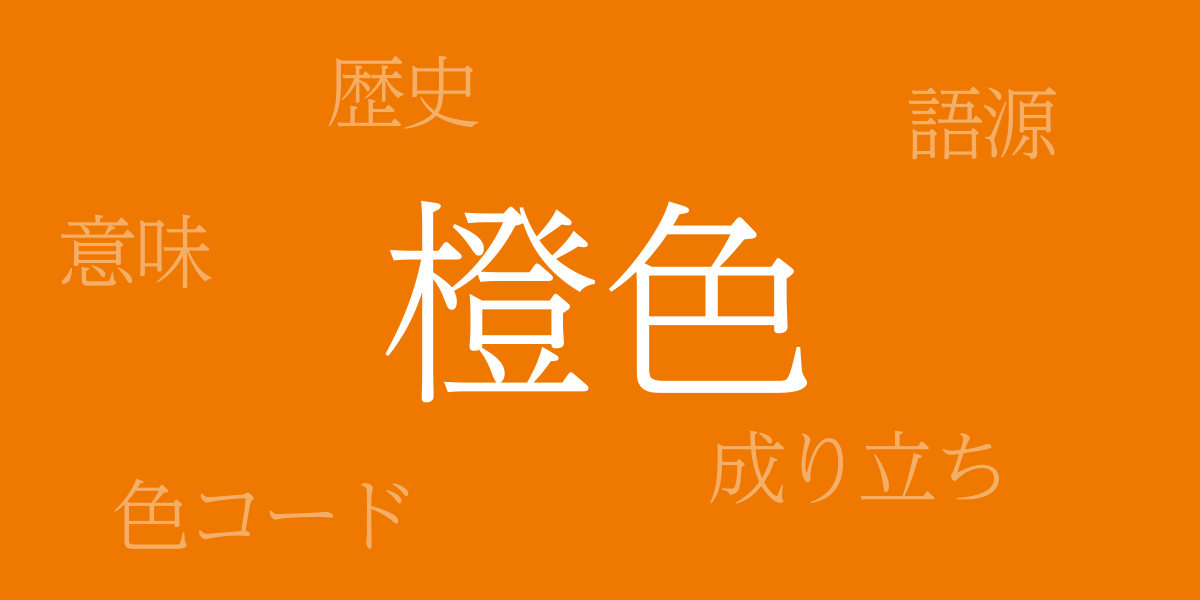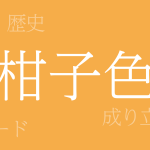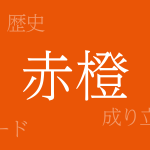Japanese traditional colors are known for their delicate beauty and profound cultural background. Among them, “Daidai-iro (だいだいいろ – Daidai-iro)” is a color deeply rooted in the richness of nature and the ancient Japanese lifestyle. This article explores the fascinating history, meaning, and modern uses of this appealing color.
About Daidai-iro (だいだいいろ – Daidai-iro)
Daidai-iro (だいだいいろ – Daidai-iro) is a color between red and yellow, bright and warm. In Japan, it has long been used to describe natural colors, like those of persimmons and the daidai (だいだい – Daidai) fruit. It gives a comfortable warmth and an energetic impression, making it popular in many artworks, fashions, and designs.
The History of Daidai-iro
Daidai-iro has been used in Japan since the Heian period, seen in the garments of nobility and temple decorations. The longevity of the daidai fruit has made it a symbol of eternity and good fortune. It is also closely associated with Japan’s natural environment and the changing of the seasons, reminiscent of autumn leaves.
Daidai-iro Color Codes
In graphic and web design, color codes are used to reproduce accurate colors. Various color codes exist for Daidai-iro, but here are some typical ones:
- HEX: #EE7800
- RGB: R:238 G:120 B:0
- CMYK: C:7 M:66 Y:97 K:0
The Western Name for Daidai-iro
In the West, the color known as “Orange” is widely recognized, named after the fruit. While it shares some nuances with Japan’s Daidai-iro, both are recognized as bright and vibrant colors.
Conclusion on Daidai-iro
Daidai-iro, a traditional Japanese color, has been integrated into people’s lives for ages, carrying various meanings. Its warmth and vitality continue to enchant many today. In the digital age, we can use its color codes to share the allure of Daidai-iro with people around the world.

























